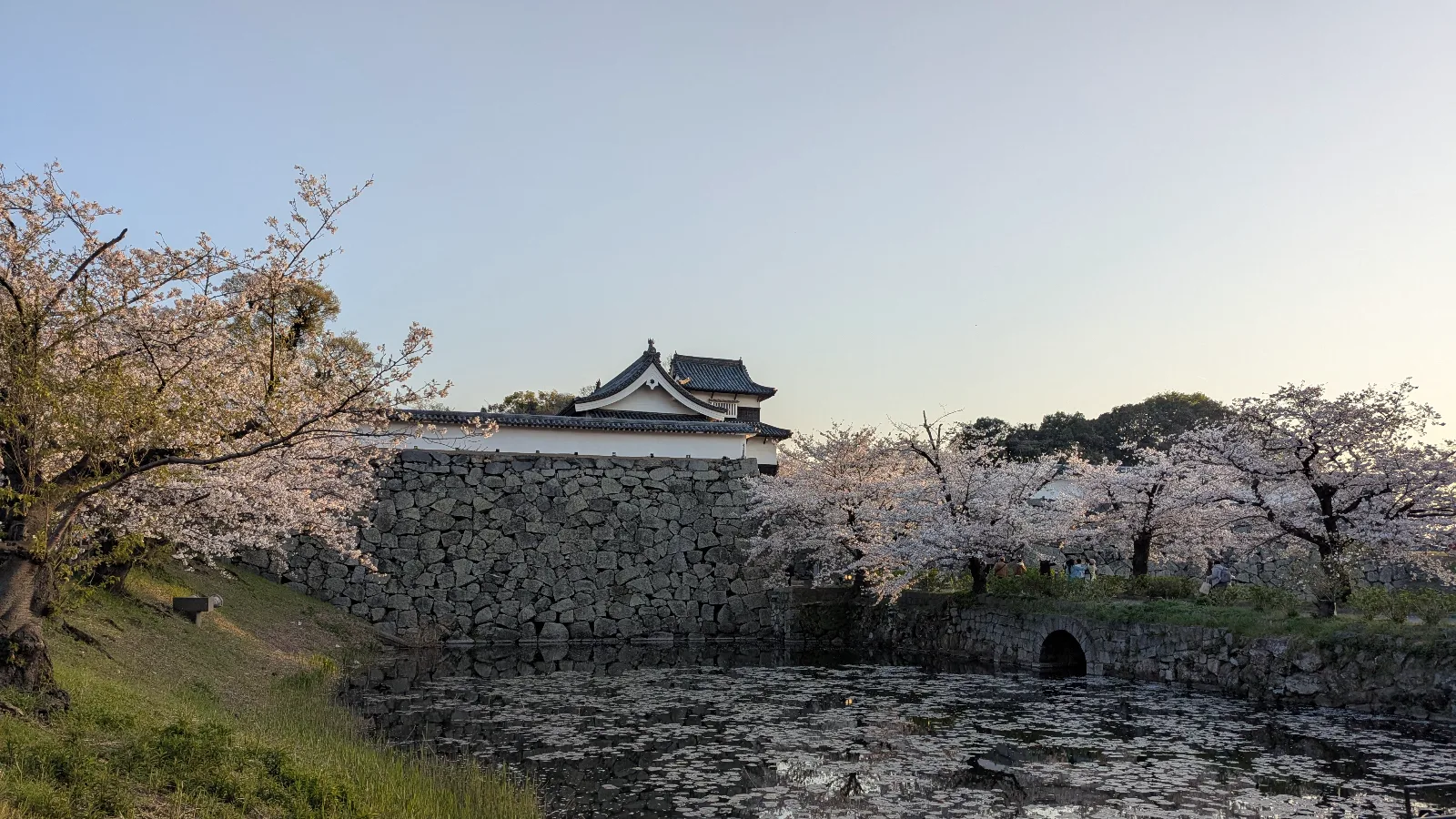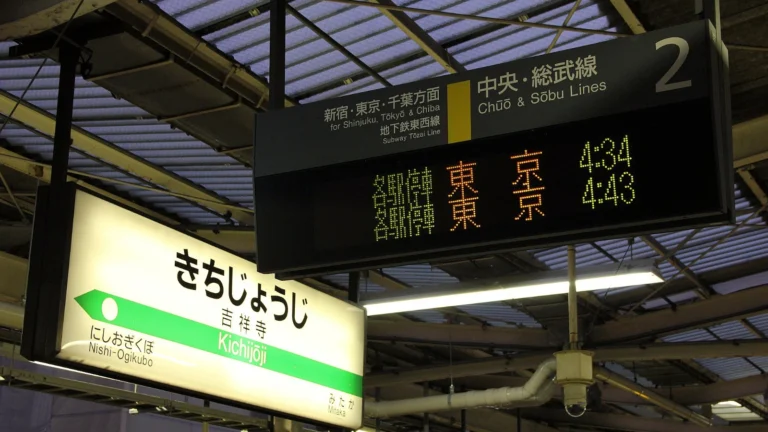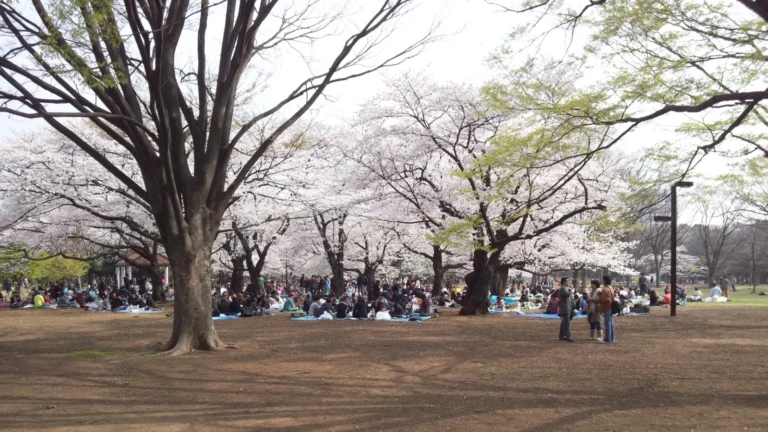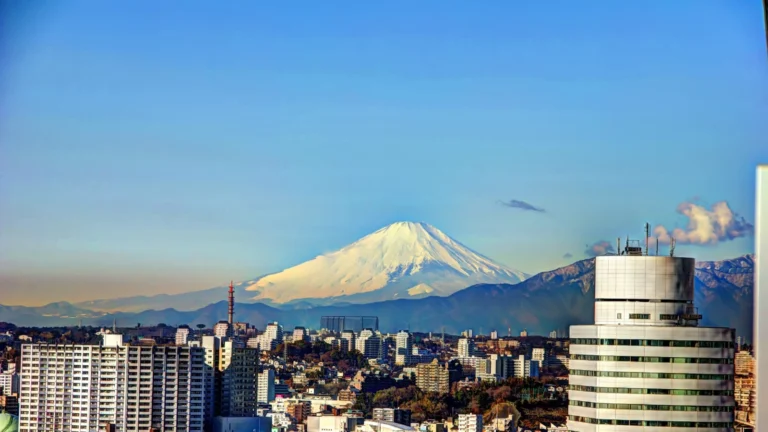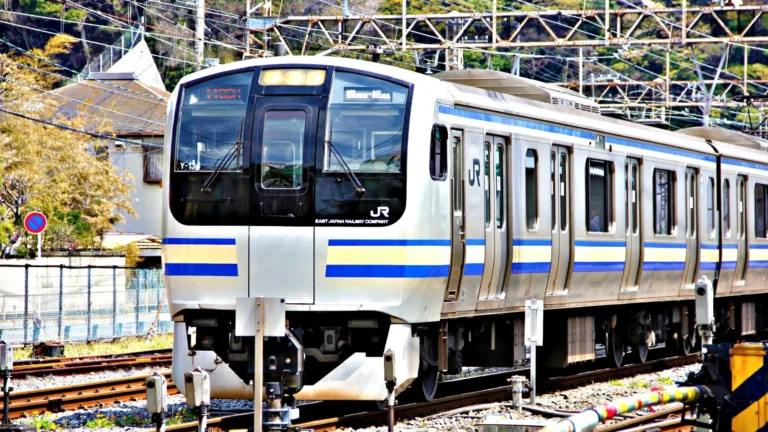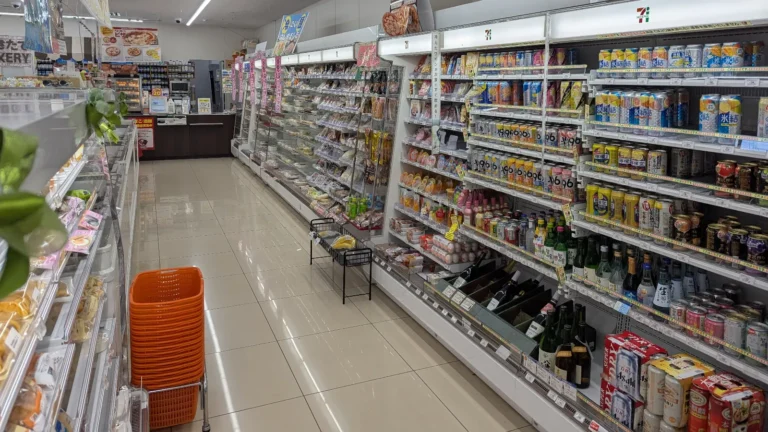The Best Time to Visit Japan: A JOTM Guide
Sometimes, all it takes is one moment, a petal on the wind, the hush before summer’s storm, the warmth of hot springs rising through snow, to shift how you experience a place. Choosing the best time to visit Japan is more than following the weather or chasing a festival; it’s about moving with the rhythm of Japan’s seasons, whether you’re dreaming of the cherry blossom season, the quiet gold of autumn, or the clear hush of winter. If you’ve ever wondered when to visit Japan or how the weather by month might shape your journey, this guide will help you see each season in context, month by month and region by region, so you can plan with both confidence and anticipation.
Select links in this guide are affiliate links. They help sustain this space… allowing us to share more, with less dependence on advertising.
*Prices are subject to change.
For a practical overview of what to expect, see our Planning a Trip to Japan guide for insights on visas, travel essentials, and first-time tips.
Japan Through the Seasons: When Is the Best Time to Visit?
Japan moves through four distinct seasons, each bringing its own mood, weather, and experiences. Here’s how they compare at a glance:
Spring (March–May): Cherry Blossoms & Garden Culture
- Best known for cherry blossoms (sakura) and mild, comfortable weather.
- Popular festivals and garden strolls fill city parks and countryside lanes.
- Can be crowded during peak bloom (late March to early April in most cities).
Summer (June–August): Festivals, Heat, and Mountain Escapes
- Begins with a rainy season (June–mid July), then shifts to humid heat.
- Vibrant festivals (matsuri), fireworks, mountain escapes, and lush scenery.
- Typhoon risk in late summer, especially in southern regions.
Autumn (September–November): Crisp Air, Fall Leaves, and Peace
- Crisp air, vivid foliage (koyo), harvest celebrations, and quieter temples.
- Reliable weather and fewer crowds after typhoon season.
Winter (December–February): Snowy Silence and Onsen Serenity
- Snow in the north (Hokkaido, Tohoku, Japan Alps), city illuminations, and hot spring retreats.
- Dry, clear days in most major cities; ski season peaks in January and February.
Best for…
- Nature & Scenery: Spring, Autumn
- Festivals & Culture: Summer, Spring
- Snow & Onsen: Winter
- Low Crowds: Late autumn, winter (outside holidays)
Discover how each city feels across the seasons in our Tokyo, Kyoto, or Osaka Comparison guide, a clear look at where atmosphere, culture, and rhythm differ most.
When to Visit Japan Based on Your Travel Style
Every traveler’s “best time” is different. Do you imagine yourself among cherry blossom picnics, or wandering silent gardens wrapped in winter mist? Some come for festival energy, others for a slower rhythm. Before you pick your dates, ask what you want most:
- Unforgettable scenery and iconic moments?
- Quiet corners and fewer tourists?
- Seasonal food, festivals, or outdoor adventures?
There’s a season for every traveler, and sometimes the “shoulder seasons”, the weeks just before or after the peaks, offer the most memorable experiences of all.
Japan Month by Month: What to Expect Each Season
Spring: Hanami, Hiking, and Bloom Season
- Weather: Gradually warming; cherry blossoms sweep from south to north, peaking in Tokyo/Kyoto late March–early April.
- Highlights: Hanami (blossom viewing), plum blossoms in early March, Golden Week holidays (late April–early May), mild temperatures, fresh mountain hikes.
- Notes: Book accommodations early for late March/early April. Popular spots are busy, but the mood is festive and welcoming.
Summer: Fireworks, Rainy Days, and Regional Escapes
- Weather: Rainy season (tsuyu) arrives first (especially in June), followed by heat and humidity in July and August.
- Highlights: Matsuri (traditional festivals), fireworks, hiking in higher elevations, vibrant countryside.
- Notes: Typhoons possible, especially in August–September. Best to escape to mountains or northern regions in high summer. Bring light, breathable clothing.
Autumn: Foliage Trails and City Calm
- Weather: Cooler, drier air; peak autumn foliage in November (north first, then Kyoto/Tokyo).
- Highlights: Koyo (autumn leaves), harvest food, art and culture events, peaceful temples, and gardens.
- Notes: Fewer crowds after September; October and November are ideal for walking tours and city exploring.
Winter: Snow Festivals, Skiing, and Warmth in the Cold
- Weather: Coldest in January/February. Heavy snow in Hokkaido, Tohoku, Nagano. Tokyo/Kyoto are chilly but rarely snowy.
- Highlights: Skiing, snow festivals (like Sapporo), illuminations, steaming onsen, seasonal cuisine (crab, nabe hot pots).
- Notes: New Year (Shogatsu) is Japan’s biggest holiday, expect closures and crowds at shrines in early January.
Regional Weather Differences Across Japan’s Islands
Japan’s seasons don’t arrive everywhere at once. Here’s how timing shifts across regions:
Hokkaido: Winter Wonderland and Late Spring Blooms
- Spring blooms late (May), autumn leaves peak by early October, heavy snow December–March.
- Sapporo Snow Festival in February is a winter highlight.
Tohoku & the Alps: Autumn Peaks and Powder Snow
- Similar to Hokkaido for snow; cherry blossoms bloom mid to late April.
- Stunning mountain scenery in autumn.
Tokyo, Kyoto & Osaka: Classic Seasons and City Rhythms
- Classic sakura season in late March–early April; koyo peaks in mid to late November.
- Summers are humid; winters mostly dry.
Kyushu & Shikoku: Milder Seasons and Early Color
- Warmer and milder; cherry blossoms and autumn leaves arrive earlier than in Tokyo/Kyoto.
- Rainy season can be more intense in June.
Okinawa: Subtropical Blooms and Coral Summer
- Subtropical; cherry blossoms bloom in January–February, summers are hot and humid, winter remains mild.
- Ideal for beaches from late spring to early autumn.
The Best Seasonal Experiences in Japan
- Hokkaido’s powder snow in winter
- Kyoto’s sakura-lined canals in spring
- Rural Tohoku’s rice harvest festivals in autumn
- Okinawa’s coral reefs in late spring
Our How to Get Around Japan guide explains trains, buses, and regional passes, so you can move confidently wherever the season takes you.
JOTM Traveler Tips: How to Time Your Trip Wisely
- Avoid Golden Week (late April–early May): One of Japan’s busiest holiday seasons, crowds and higher prices.
- New Year and Obon (mid-August): Expect closures at restaurants, museums, and shops; trains and hotels are booked well in advance.
- Shoulder Seasons (late May–mid June, September): Fewer crowds, moderate weather, better hotel rates.
- Sakura & Koyo Forecasts: Dates change yearly, track cherry blossom and autumn foliage forecasts as you plan.
- Rainy Season: Most noticeable in Honshu/Kyushu from early June to mid July. Bring an umbrella or packable rain jacket.
- Typhoon Season: Late summer, especially in southern Japan. Flexible travel plans are helpful.
- Packing: Spring and autumn need layers; summer is hot and humid; winter is dry and can be very cold in the north.
- Advance Booking: Reserve accommodations and train tickets early for festivals, ski season, or sakura time.
If timing your trip with the seasons matters, so does making the most of your budget, find practical strategies in our Essential Tips for Traveling Japan on a Budget guide.
Where to Stay by Season: Our Favorite Hotels Across Japan
- Winter:
- Zaborin Ryokan (Hokkaido): Snowbound luxury with private onsen and mountain silence.
- Spring:
- Hotel Kanra Kyoto: Modern machiya with a nod to Kyoto tradition, near temple walks.
- Autumn:
- Hotel Chinzanso Tokyo: Private garden views blaze with fall color in the heart of the city.
- Summer:
- Halekulani Okinawa: Elegant resort with sea breezes and coral beaches.
Explore our handpicked hotel guides for Tokyo, Kyoto, and Osaka to find the best places to linger, rest, and experience each city’s unique charm.
FAQs about The Best Time to Visit Japan: A Few Last Things Before You Go
If you’re planning your trip and still wondering about the best time to visit Japan, these frequently asked questions cover Japan’s seasons, cherry blossom timing, weather by month, and more to help you choose the perfect moment for your journey.
A: The best month to visit Japan for cherry blossoms is usually late March to early April in major cities like Tokyo and Kyoto. In northern regions such as Hokkaido, peak cherry blossom season typically occurs in late April to early May. Bloom times can vary by region and year.
A: Japan is least crowded in late autumn, from mid-November to early December, and during winter months like January and February (excluding the New Year holiday). These periods have fewer tourists, except in popular ski areas.
A: Japan is generally safe to visit in summer and during typhoon season, but travelers should be aware of possible typhoons from late July through September, especially in southern regions. Always monitor local weather forecasts and adjust your travel plans if severe weather is expected.
A: Some of the best places to see autumn leaves (koyo) in Japan are Kyoto, Nikko, and the Japan Alps, with peak color usually in November. In Hokkaido, the Daisetsuzan National Park offers early autumn foliage from late September.
A: It is best to book hotels for cherry blossom season in Japan three to six months in advance, especially in popular cities like Tokyo and Kyoto. Accommodation fills up quickly during this period.
A: Japan’s winter temperatures vary by region. Hokkaido and the Japanese Alps regularly experience subzero temperatures and heavy snow, while cities like Tokyo and Kyoto are usually dry and above freezing, though occasional cold snaps do occur.
A: The worst time to visit Japan is usually late June to mid-July, during the rainy season (tsuyu), when much of the country is wet and humid. Golden Week (late April to early May) and Obon (mid-August) are also challenging times due to crowds and higher prices.
A: June is considered the start of the rainy season in Japan, with more rain and humidity, particularly in Tokyo, Kyoto, and Osaka. However, June offers fewer crowds, vibrant gardens, and blooming hydrangeas. Hokkaido is generally drier and pleasant in June.
A: Cherry blossoms in Japan typically last one to two weeks at each location, from the first bloom to the petals falling. Peak bloom (“mankai”) often lasts just a few days. The season begins in Okinawa in January and reaches Hokkaido by early May.
A: In Japan, you can see cherry blossoms in May only in northern areas like Hokkaido, where the season is later. Cherry blossoms do not bloom in September; autumn in Japan is known for other flowers and colorful foliage, not sakura.

